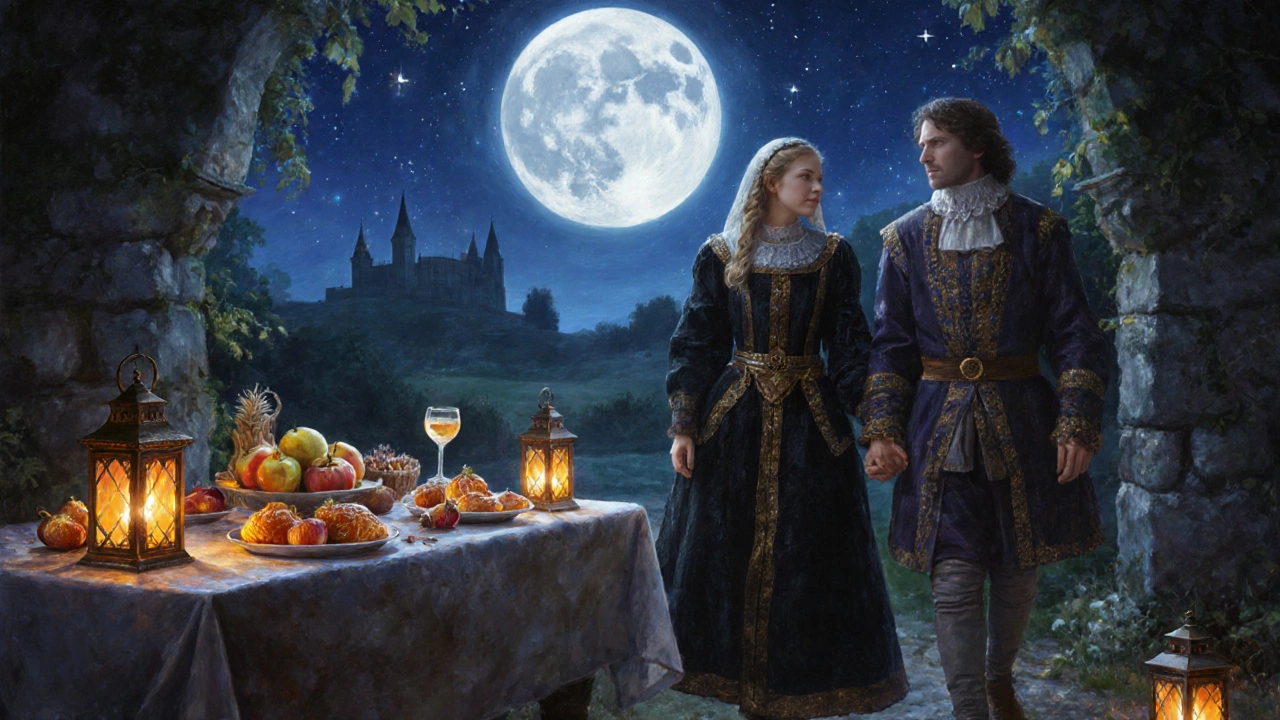SEARCH
Honeymoon History: How Romantic Getaways Evolved in India and Beyond
When you think of a honeymoon, a romantic trip taken by newlyweds after their wedding. Also known as bridal tour, it's a tradition that began not as a celebration of love, but as a way to escape family pressure after marriage. Back in 18th-century Britain, brides would go on a "bridal tour"—a trip away from home to avoid the awkwardness of in-laws. It wasn’t until the 1800s that this turned into something joyful, not just practical. The idea spread slowly, and by the 1900s, couples started seeing it as their first real adventure together.
India’s honeymoon history, the cultural evolution of post-wedding travel among Indian couples didn’t follow the same path. For decades, arranged marriages dominated, and the concept of a romantic getaway felt foreign. Many families believed the couple should stay close to home, often living with relatives. But as urbanization grew and exposure to Western media increased, young couples began pushing back. By the 1990s, places like Shimla, a hill station in northern India known for its colonial charm and quiet beauty and Kerala’s backwaters, a network of lagoons and lakes famous for serene houseboat stays became popular choices. The shift wasn’t just about location—it was about reclaiming space for intimacy after years of family-centered rituals.
Today, the traditional honeymoon, a post-wedding trip rooted in cultural norms and family expectations still exists, but it’s no longer the only option. Couples now mix old customs with modern desires—some spend a week in Goa, others fly to Bali, and a growing number stay home, opting for a quiet weekend in a boutique hotel. What hasn’t changed is the core purpose: to begin married life on a note of connection, away from noise and obligation. The honeymoon destinations, places chosen by couples for romantic retreats after marriage you see in today’s travel blogs—from Mysore’s palaces to Lakshadweep’s white sands—aren’t just pretty backdrops. They’re the result of decades of shifting values, economic freedom, and a quiet rebellion against outdated norms.
What you’ll find in this collection isn’t just a list of places. It’s a story—of how couples in India moved from silence to celebration, from obligation to choice. You’ll see how wedding budgets shaped travel decisions, how foreign tourists influenced local hotspots, and how even the cheapest $1 meals became part of the romance. Whether you’re planning your own getaway or just curious about how love traveled across time and borders, these posts give you the real, unfiltered history behind the trips we now take for granted.

Why is it called a honeymoon? History, meaning & fun facts
Discover the origin of the term honeymoon, its historical roots, and why it still shapes couples' travel choices today.
Continue reading